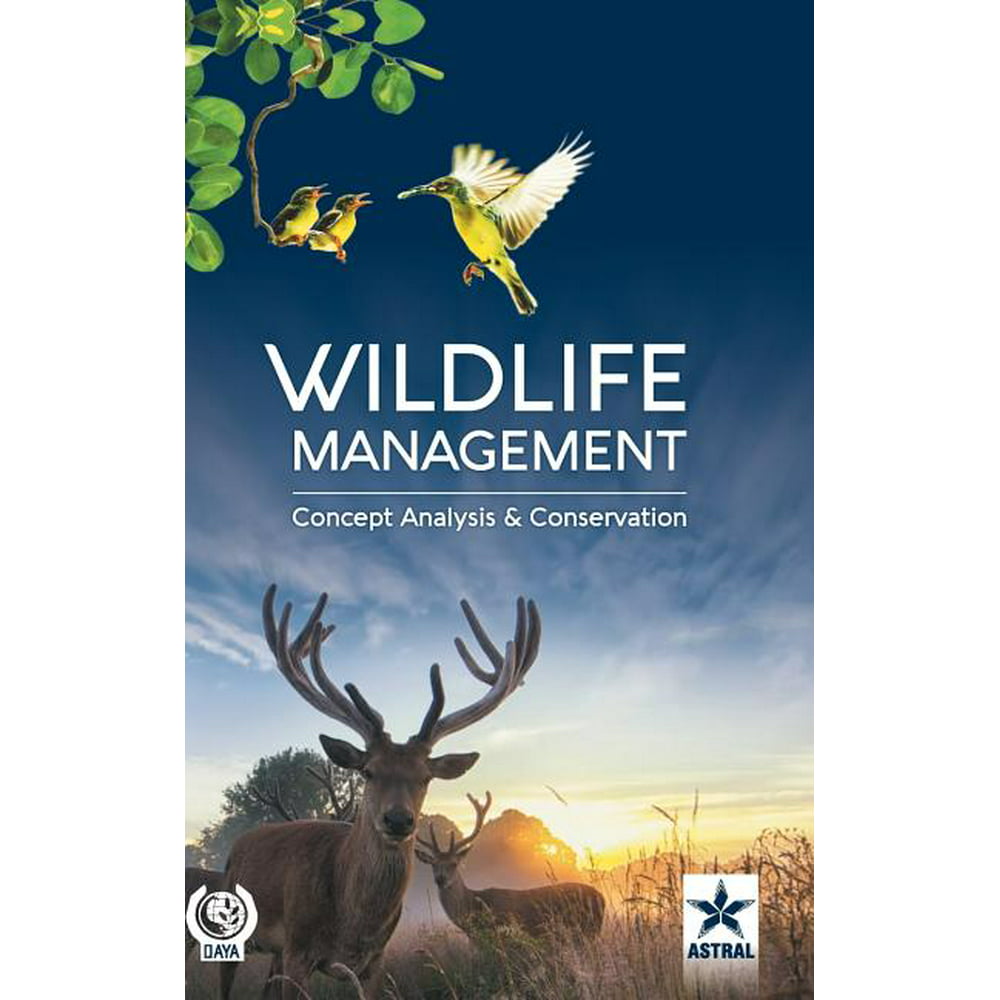Managing human-wildlife conflicts on homesteads can be a challenging task. As homesteaders, it’s important to find a balance between protecting our property and respecting the natural habitats of wildlife. Here are 15 tips to help you effectively manage human-wildlife conflicts on your homestead:
1. Identify common conflicts: Take note of the specific wildlife species that frequently cause problems on your property. This will help you understand their behavior patterns and develop appropriate strategies.
2. Secure your garbage: Wildlife is often attracted to readily available food sources such as unsecured garbage cans. Invest in sturdy containers with tight-fitting lids or consider using bear-proof bins if necessary.
3. Install fencing: Fencing can act as a physical barrier, preventing wildlife from accessing certain areas of your homestead where they may cause damage. Use strong and tall fences designed specifically to deter the target species.
4. Protect livestock: If you have livestock, ensure their enclosures are secure with strong fencing that extends below ground level to prevent burrowing animals from gaining access.
5. Utilize scare tactics: Scare devices like motion-activated sprinklers, noise-making devices, or even trained guard dogs can be effective in deterring wildlife from entering your property.
6. Remove attractants: Keep pet food indoors and avoid leaving bird feeders out overnight as these can attract unwanted visitors like raccoons or bears.
7. Plant strategically: Choose plants that are less appealing to wildlife around high-risk areas such as vegetable gardens or fruit trees – this will reduce the likelihood of them being targeted for food.
8. Harvest crops promptly: Timely harvesting minimizes opportunities for wildlife to raid your crops before you get a chance to enjoy them yourself.
9. Use deterrents responsibly: Consider using non-lethal deterrents like motion-activated lights, reflective tape, or scent repellents that mimic predator urine around problem areas.
10. Implement hazing techniques: If you encounter wildlife on your property, try using hazing techniques like loud noises or bright lights to scare them away without causing harm.
11. Create buffer zones: Establish a natural barrier around your homestead by maintaining a dense vegetation strip between wildlife habitats and areas of human activity. This can help deter animals from venturing too close to your home.
12. Reduce hiding spots: Regularly trim overgrown shrubs and trees near your house to eliminate potential hiding spots for pests like rodents or snakes.
13. Seek professional help if needed: If conflicts persist despite your efforts, consider consulting with local wildlife experts or hiring experienced trappers who can safely remove problem animals from your property.
14. Educate yourself and others: Stay informed about local regulations surrounding human-wildlife conflicts and share this knowledge with fellow homesteaders to promote responsible practices.
15. Be patient and adaptable: Remember that managing human-wildlife conflicts is an ongoing process – what works for one situation may not work for another. Stay open-minded, learn from experiences, and be prepared to adjust strategies as needed.
By implementing these tips, you can minimize the impact of human-wildlife conflicts on your homestead while still respecting the natural world around you. With patience and perseverance, you can find a harmonious balance between humans and wildlife on your property.


Leave a comment